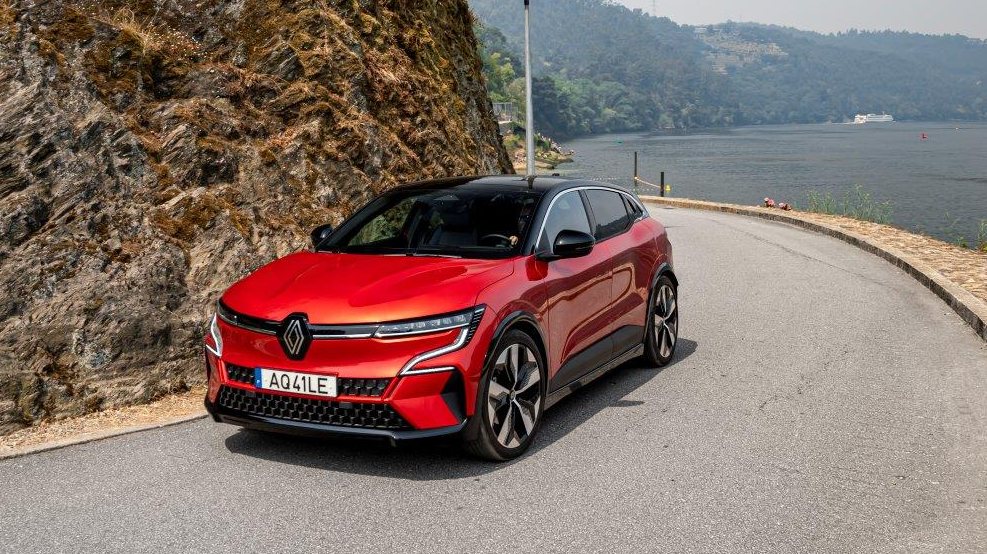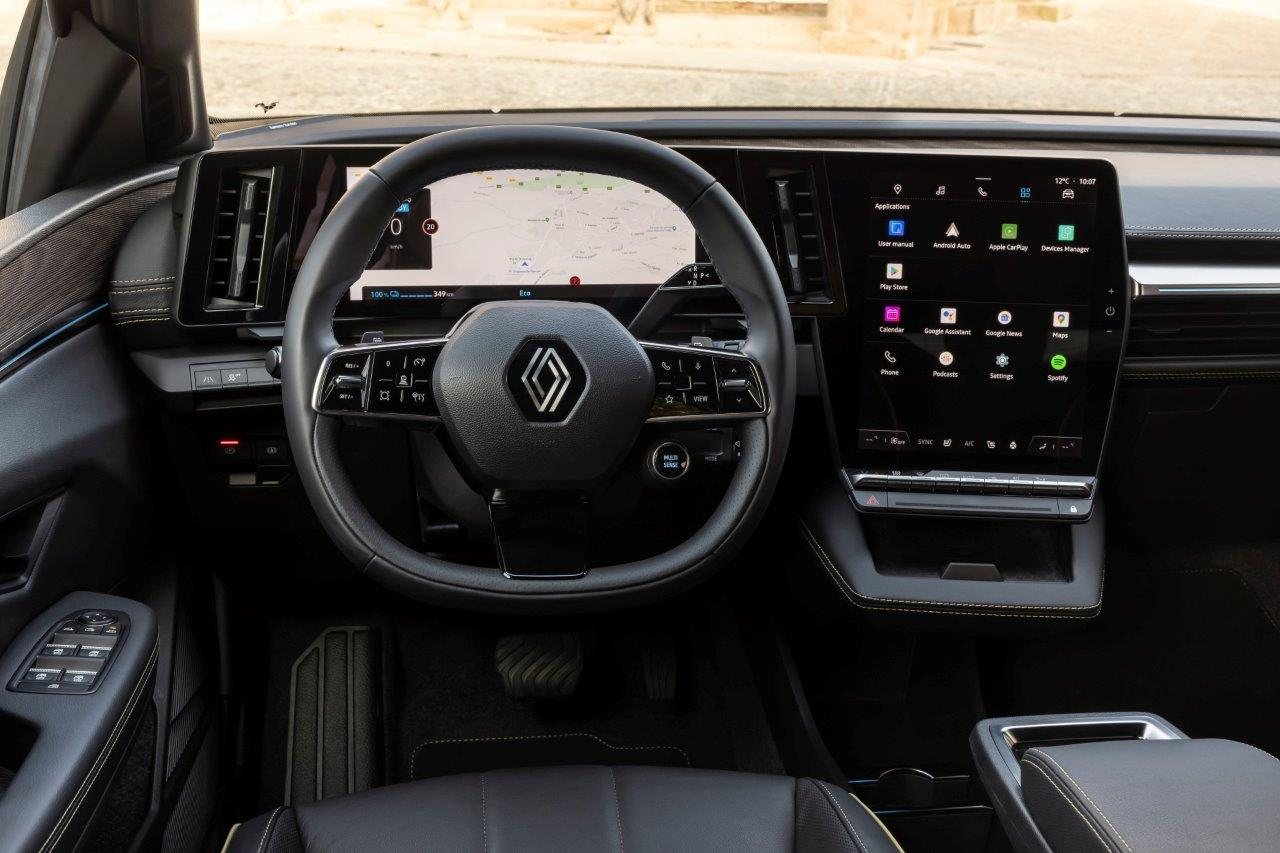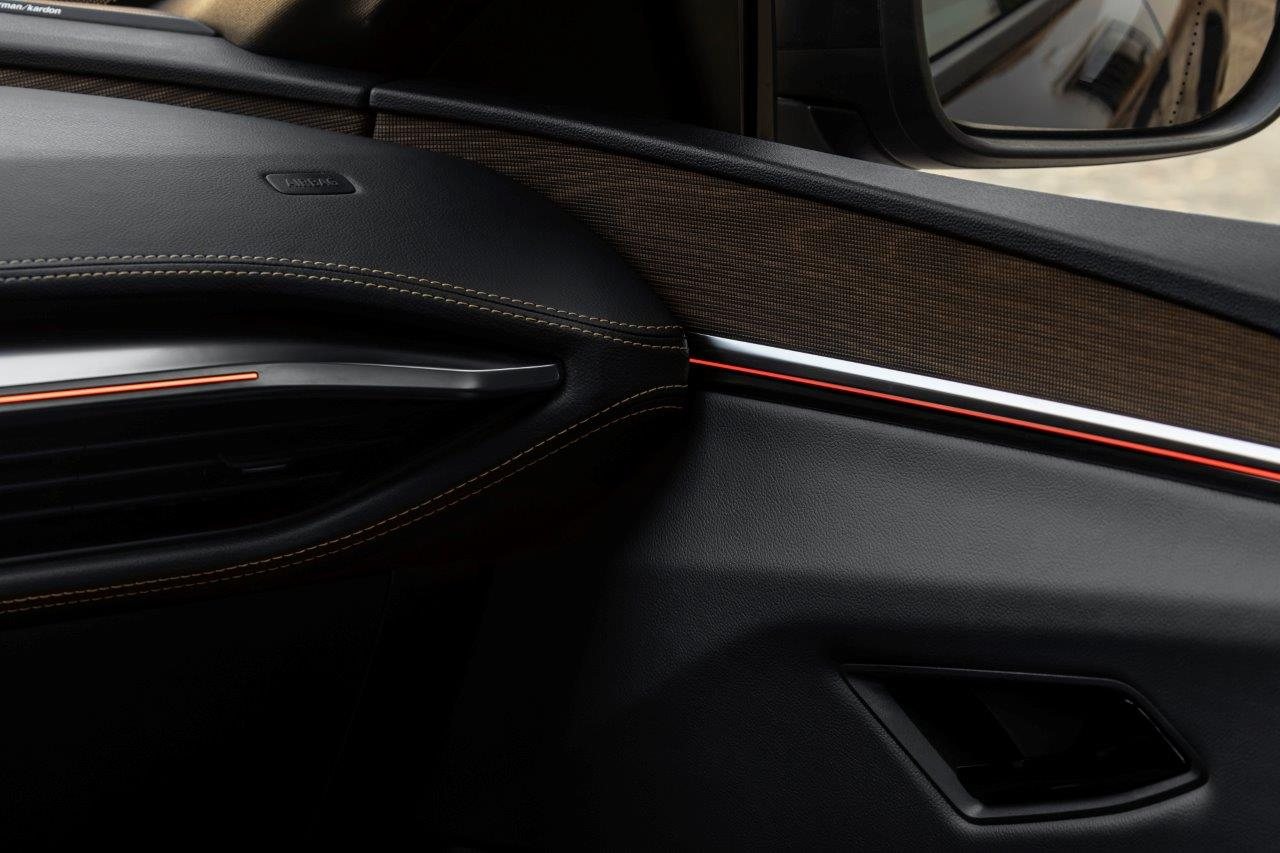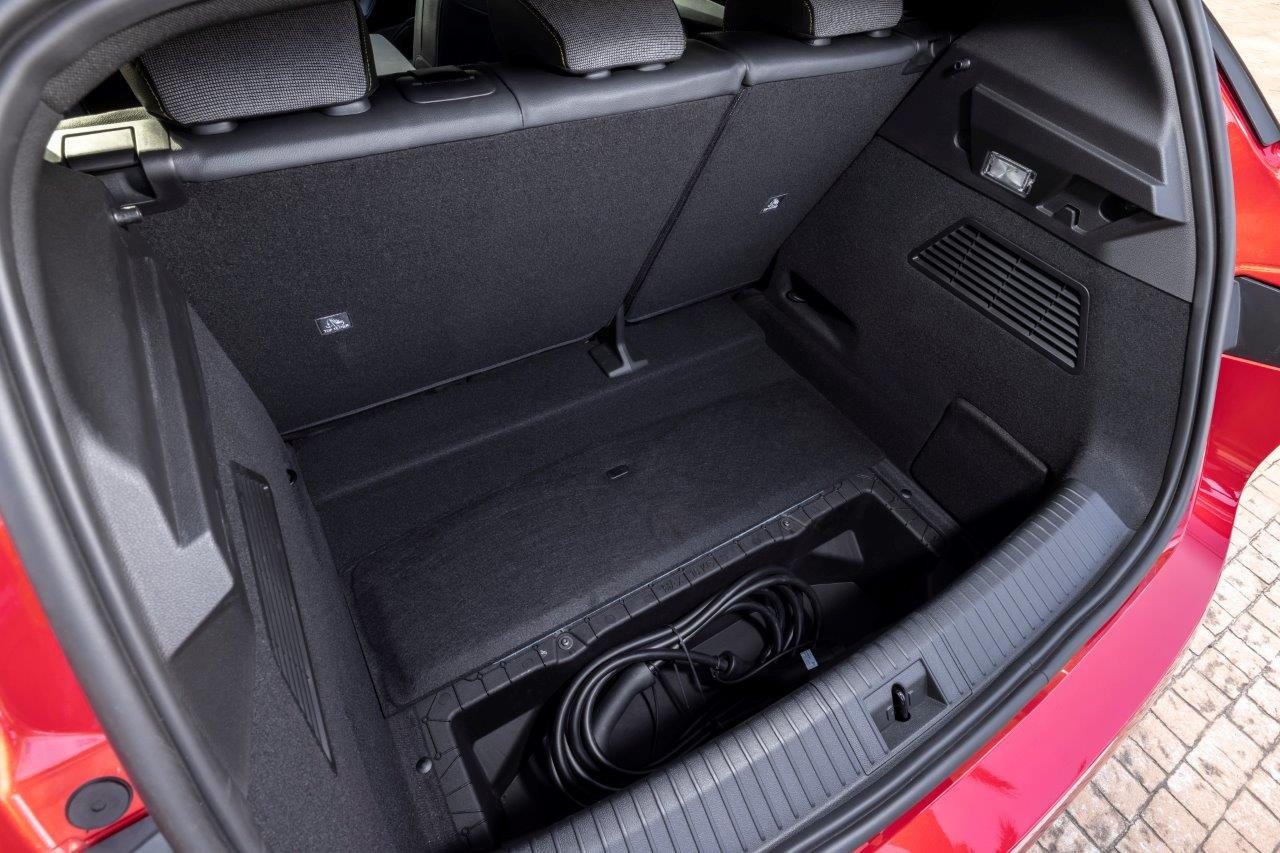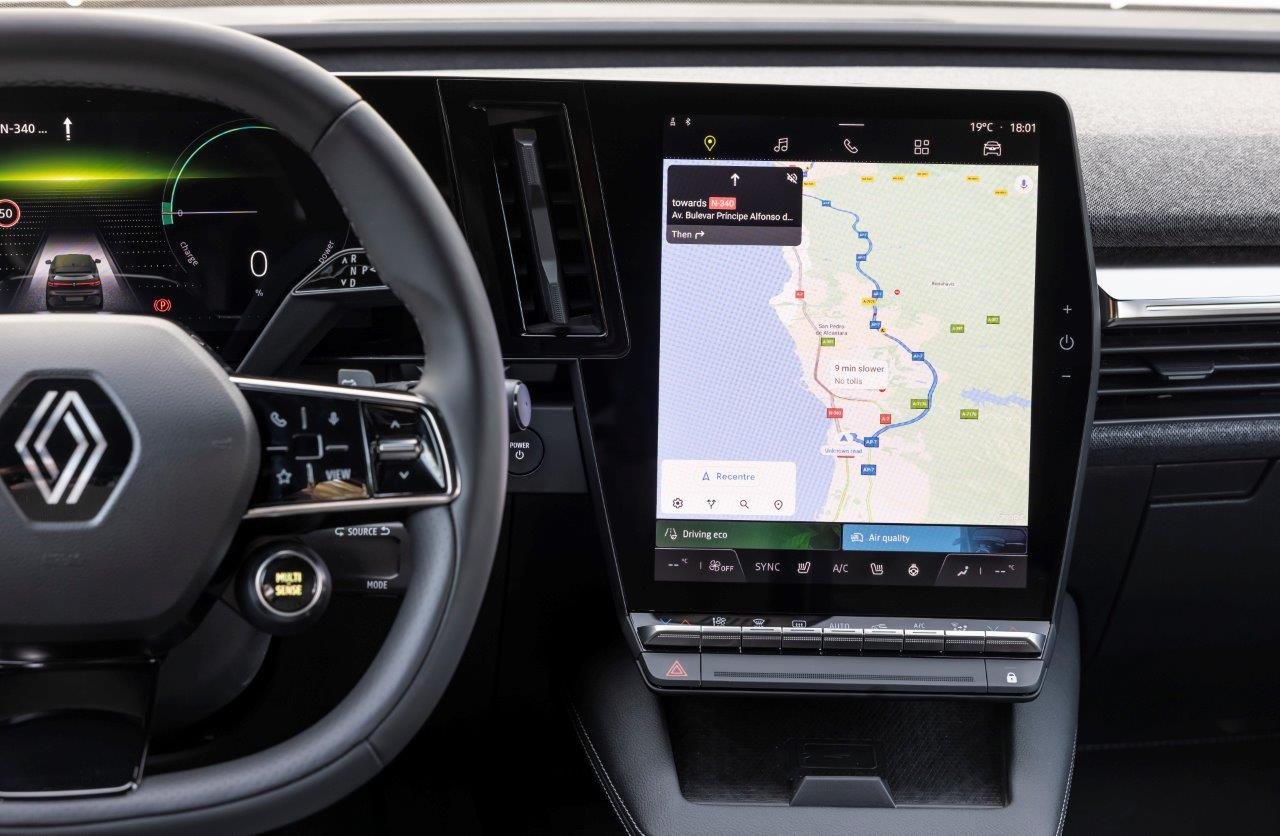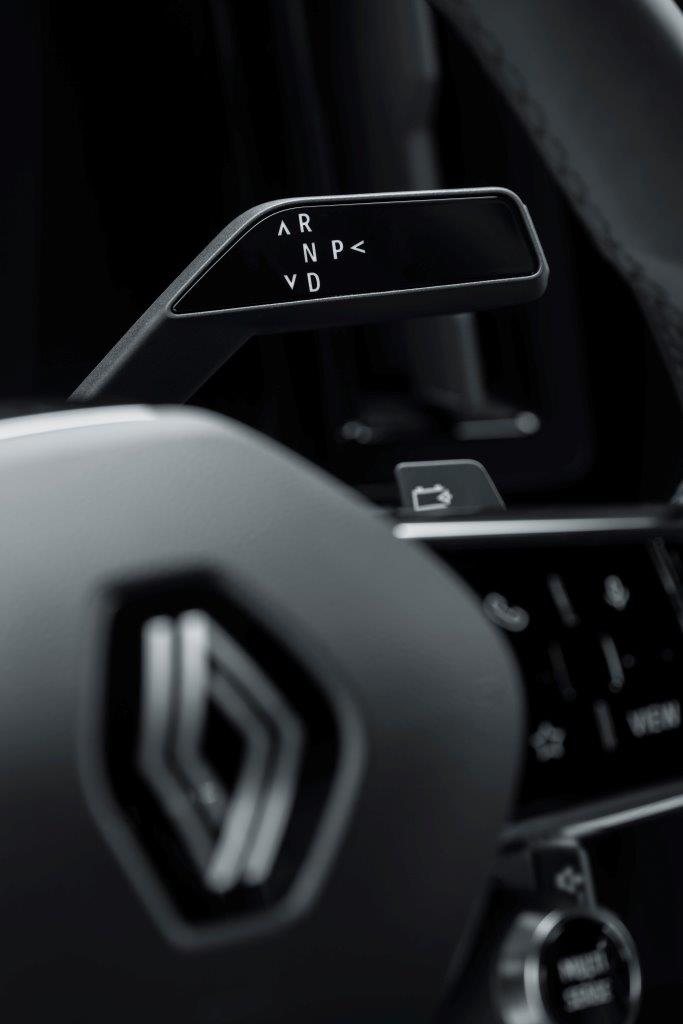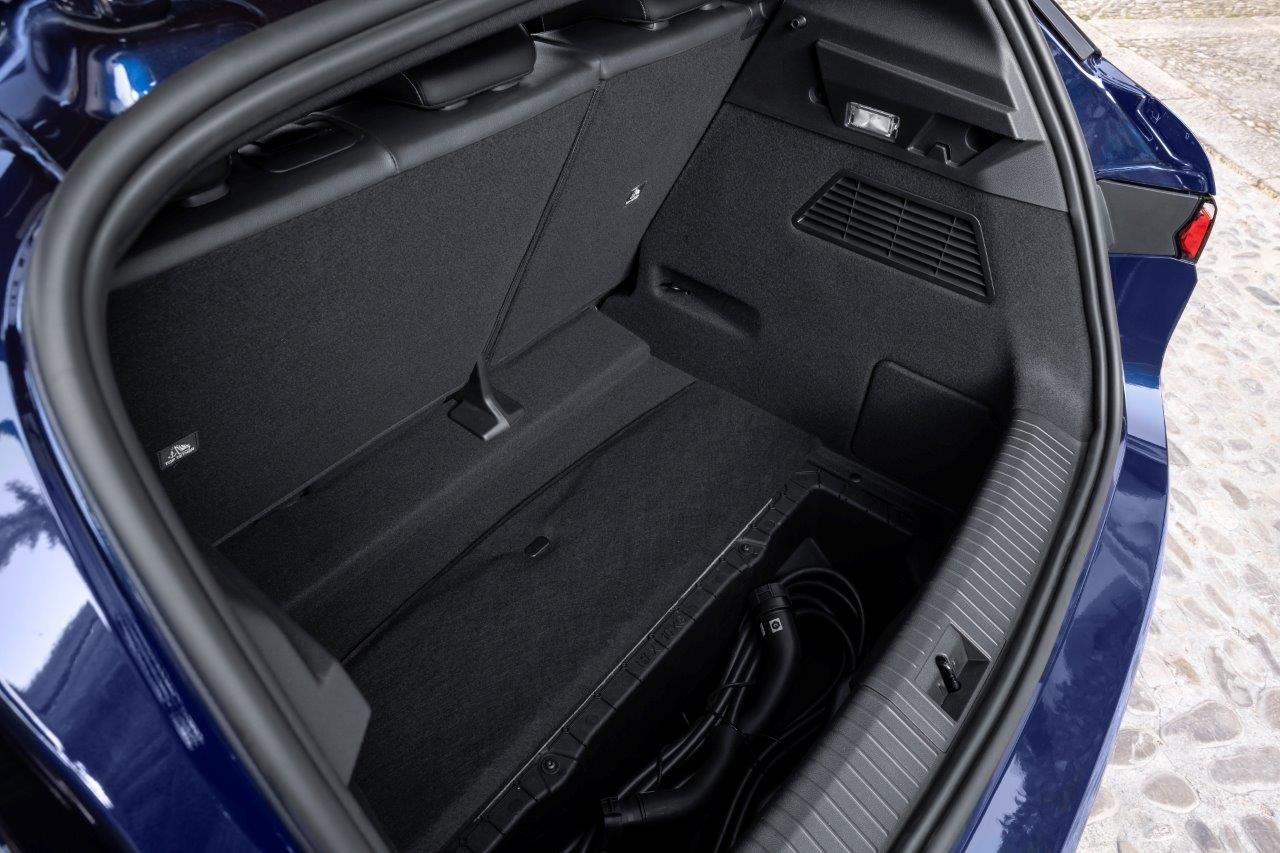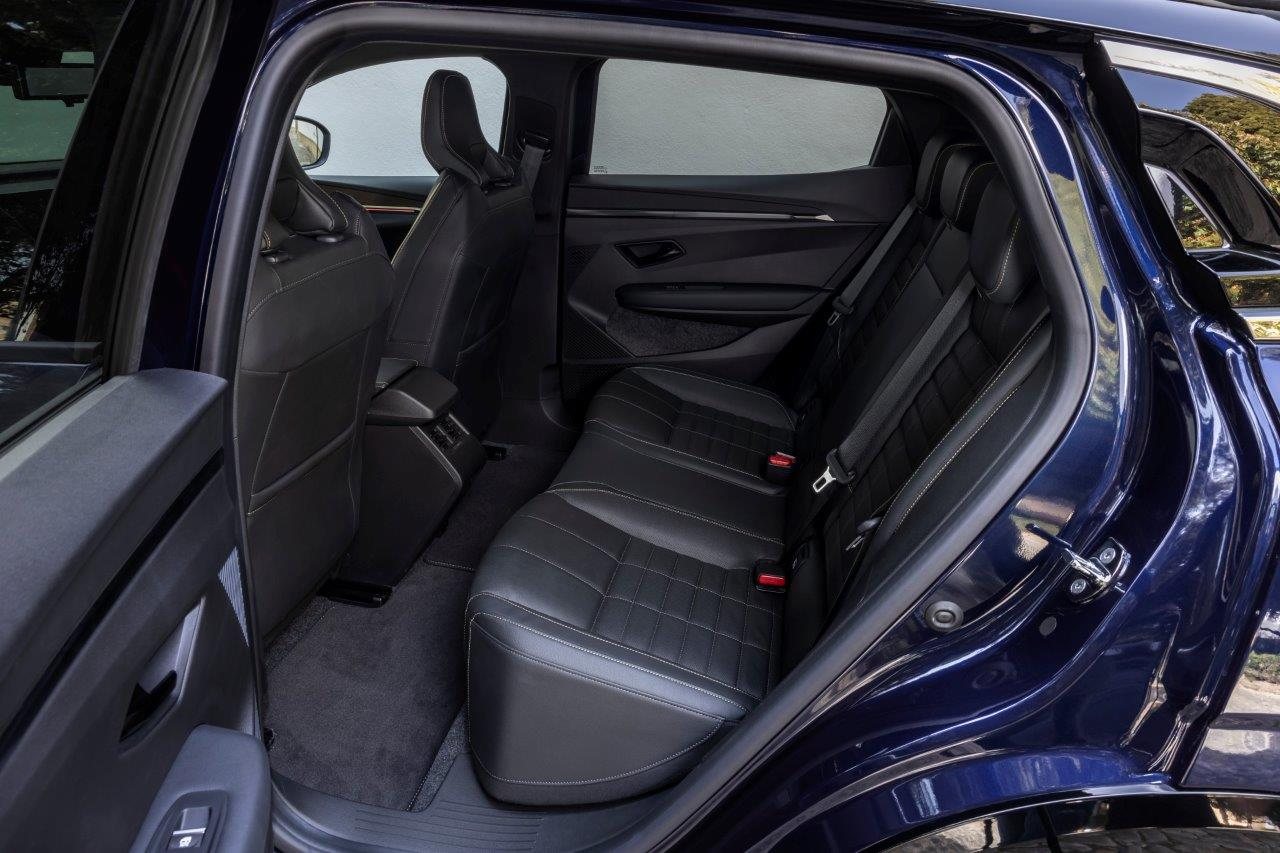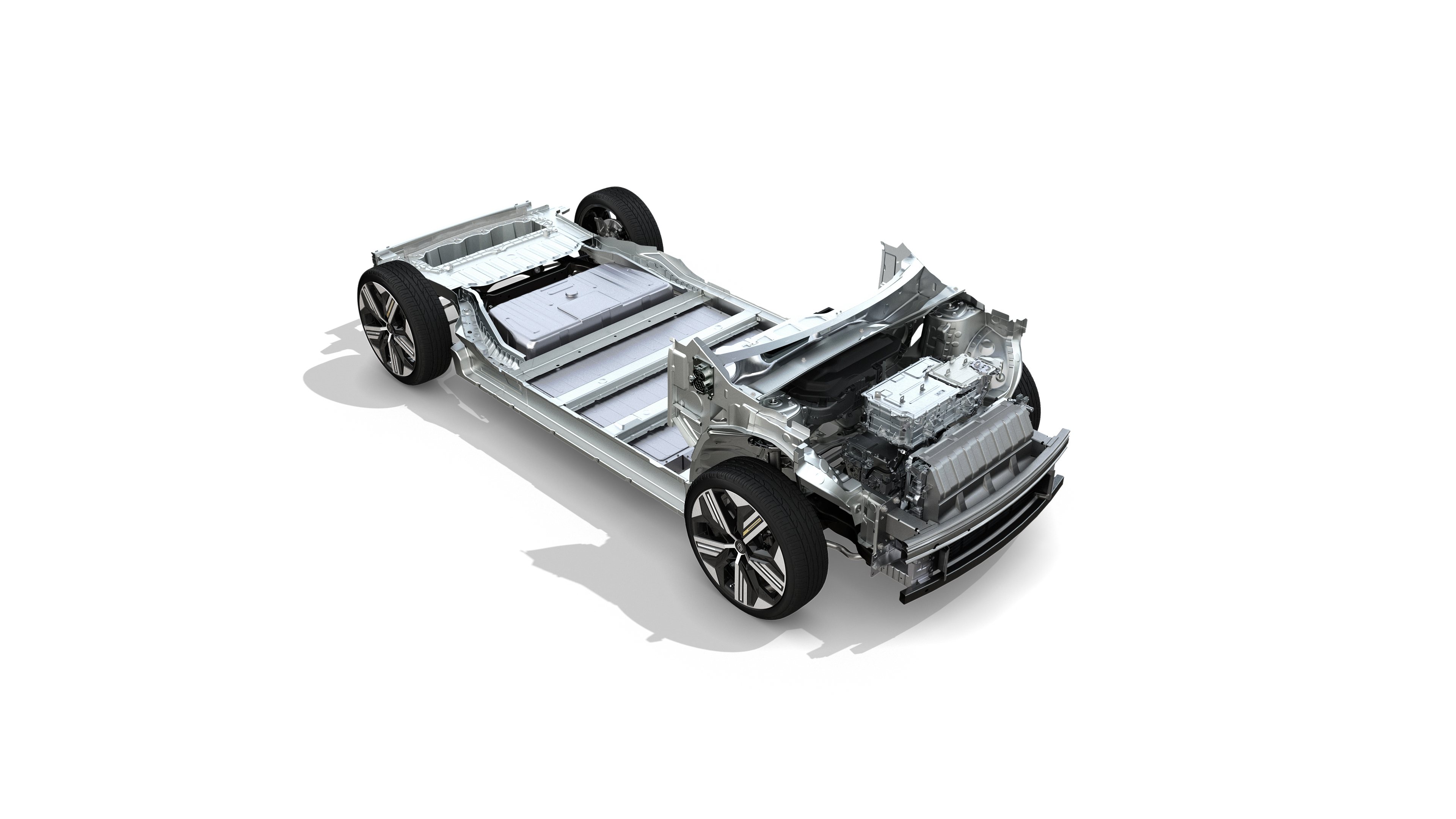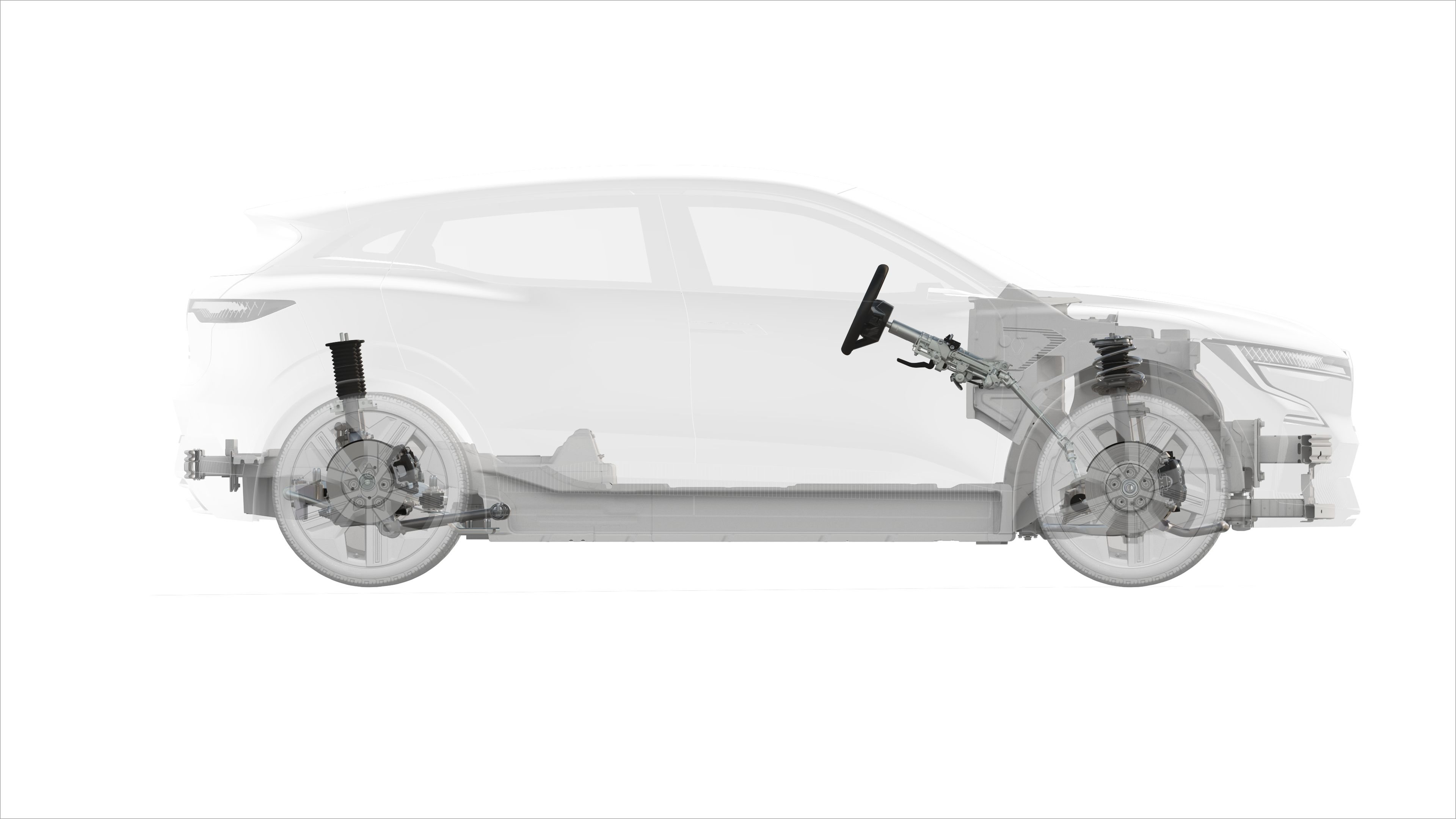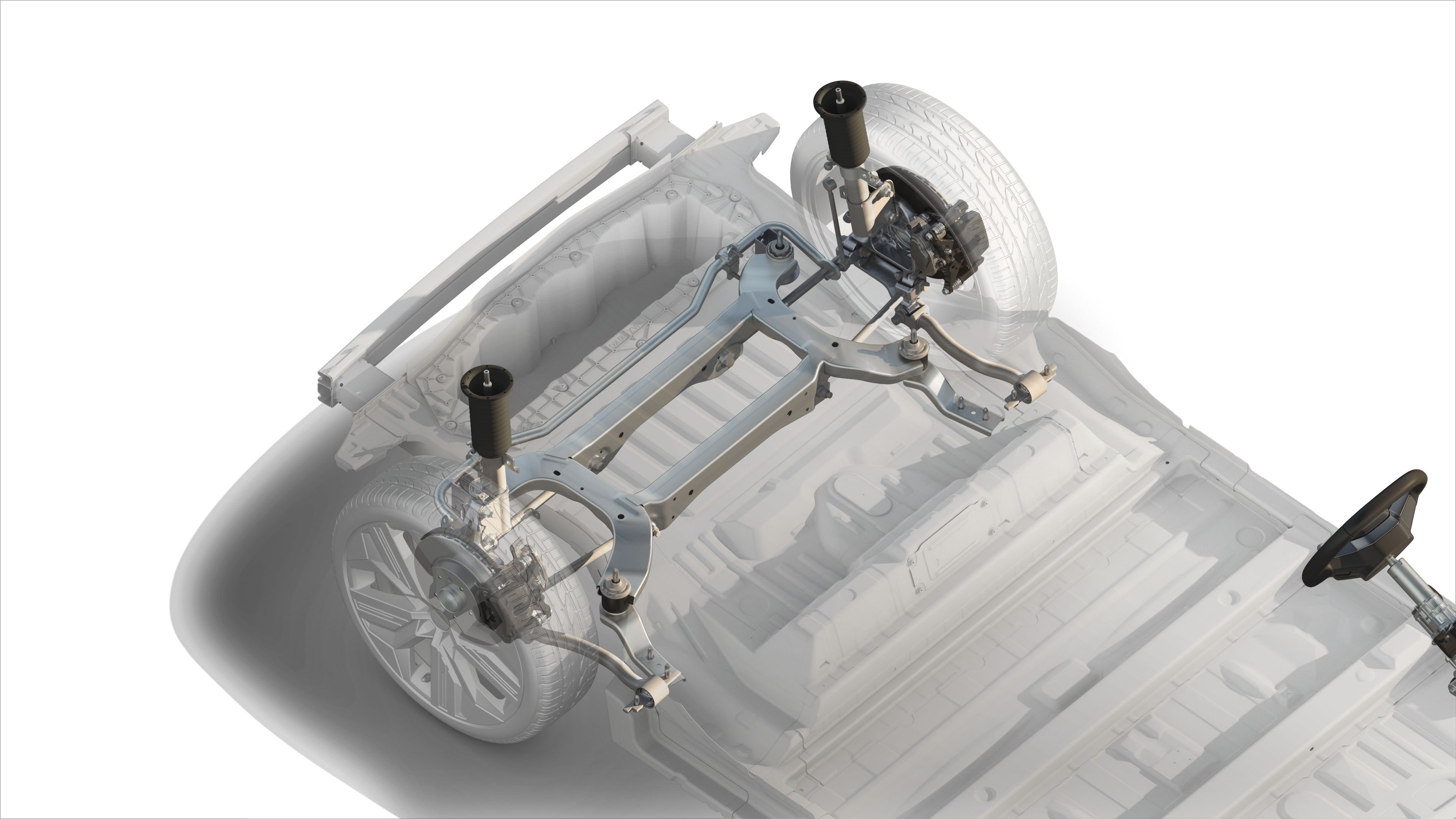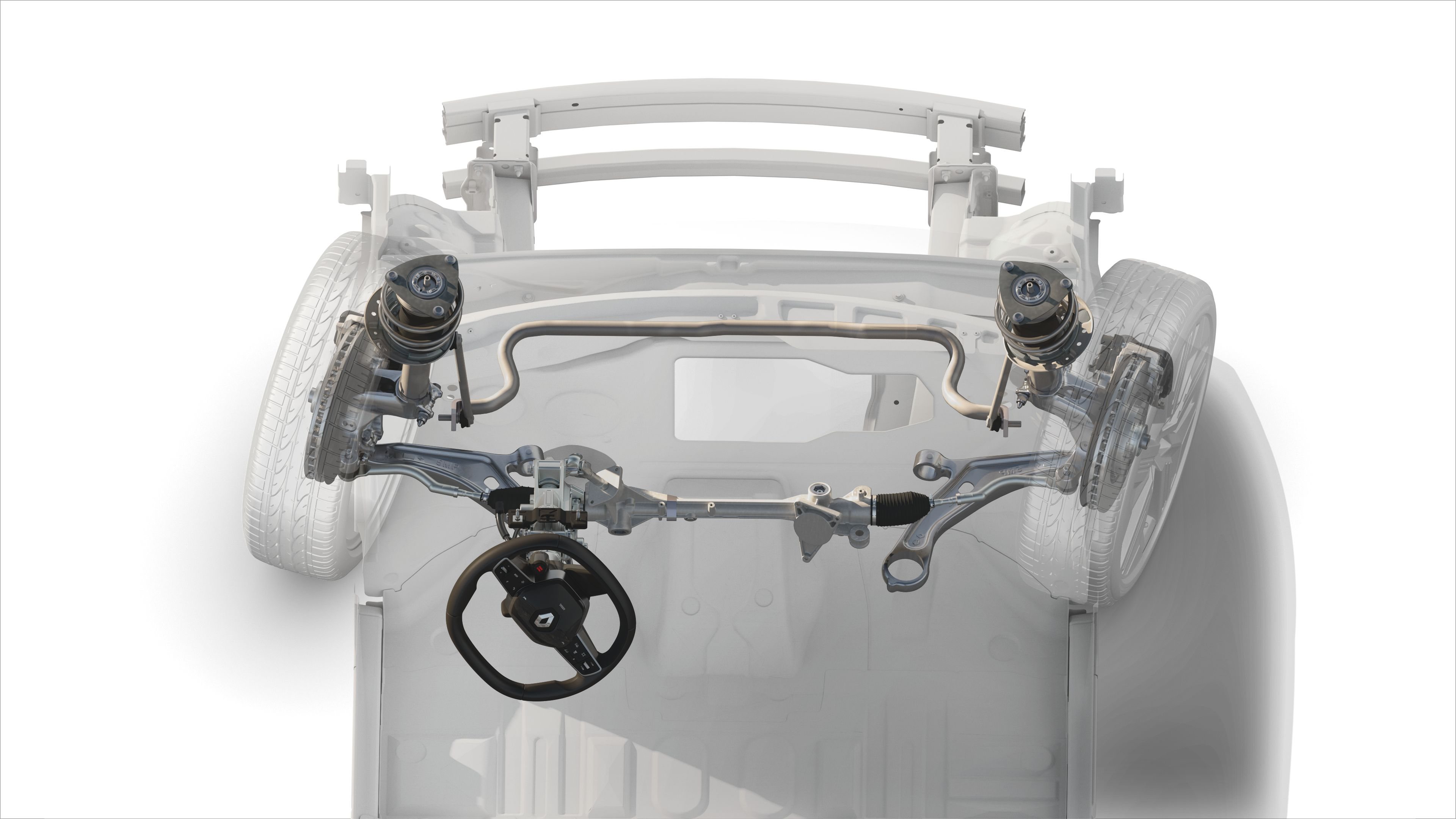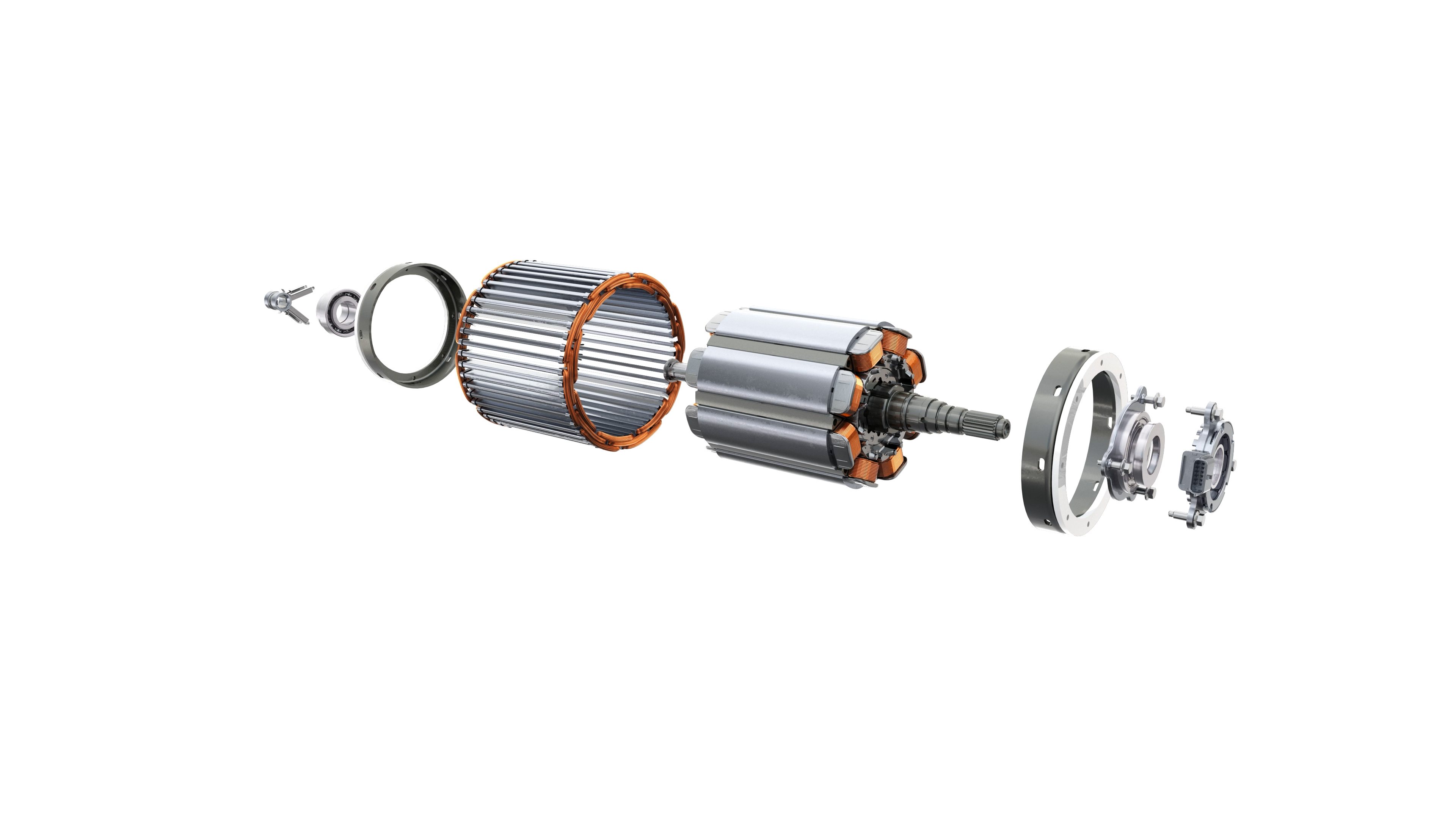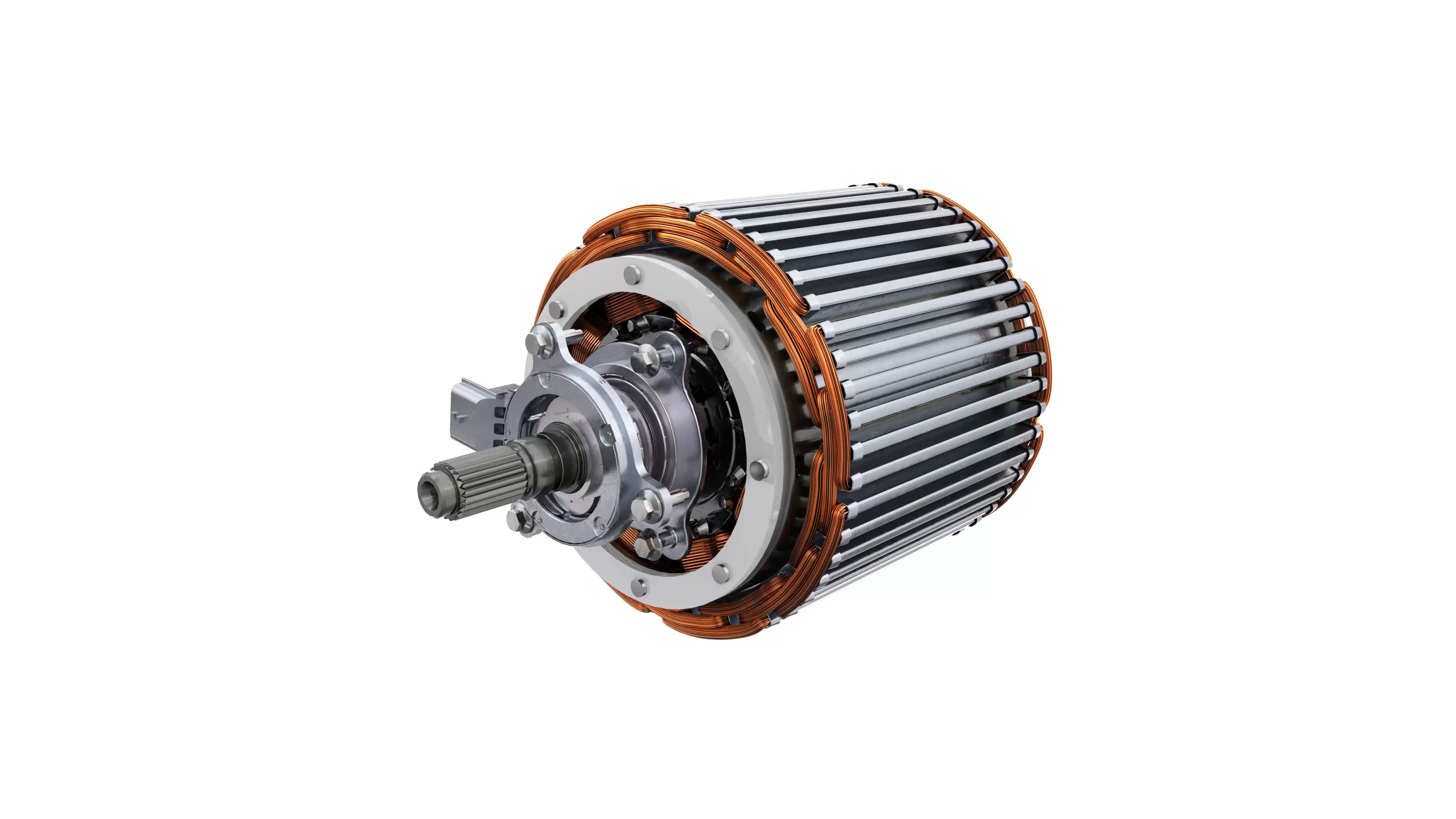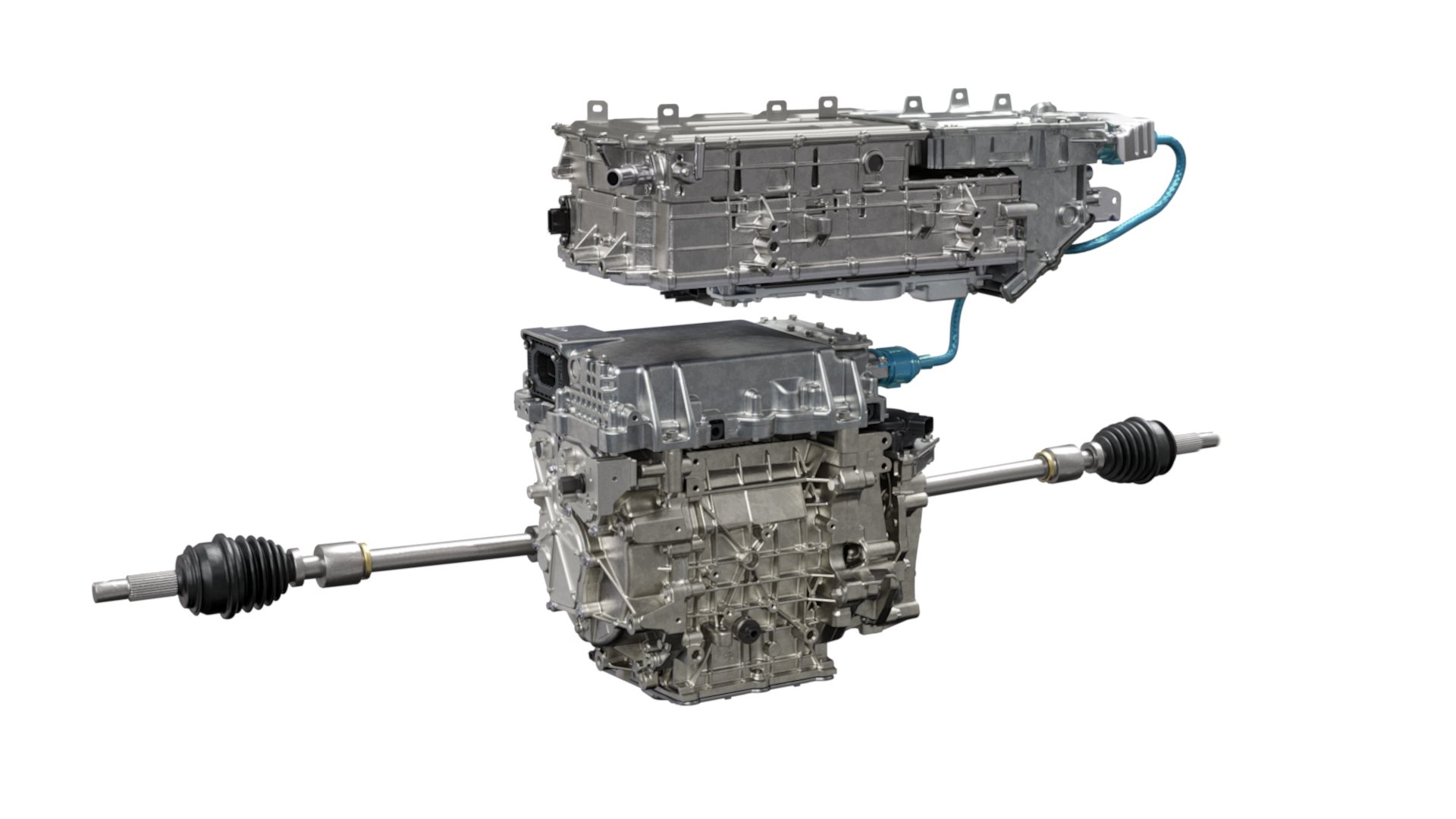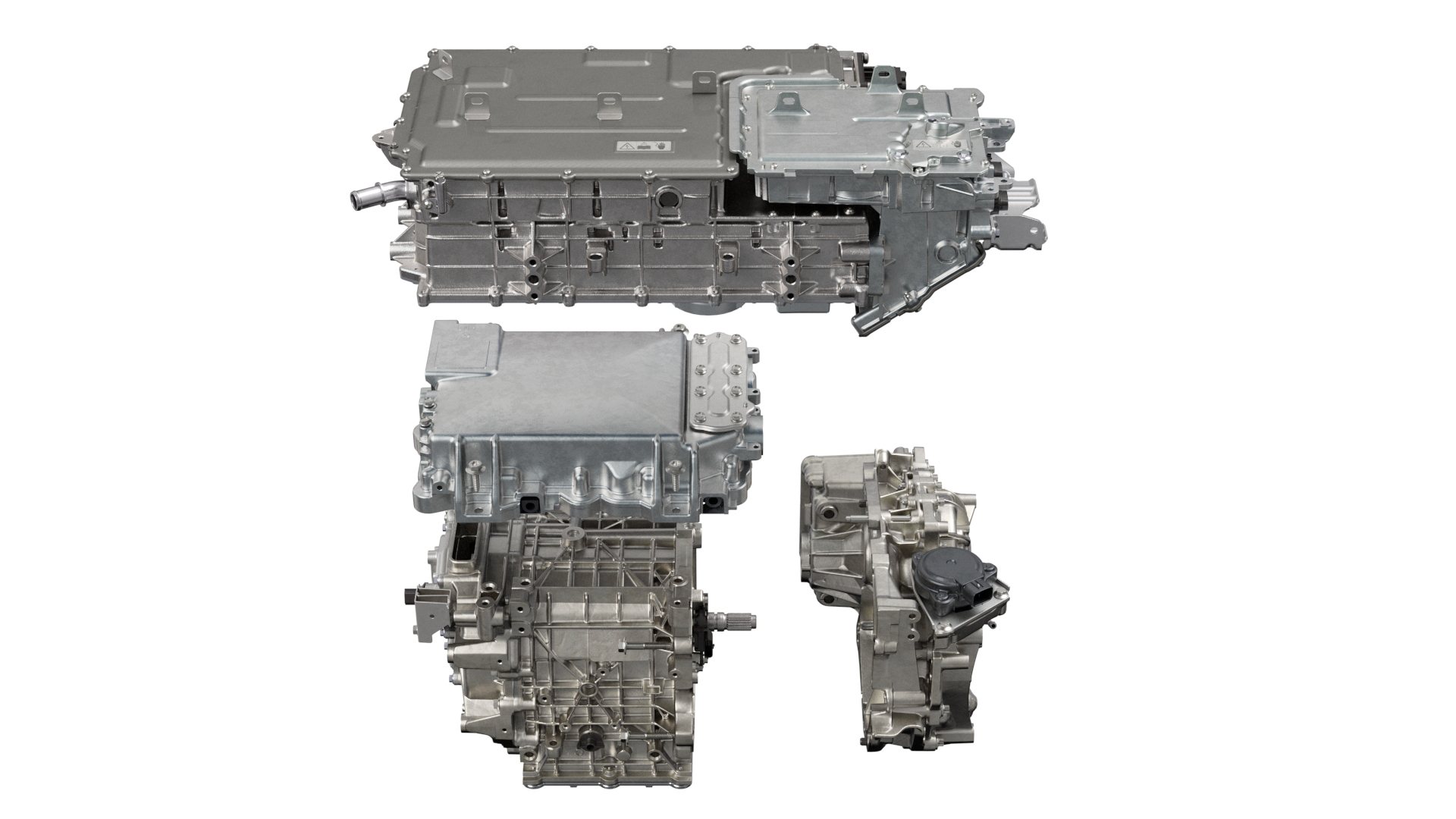Renault’s latest 100% battery-powered vehicle, the Megane E-Tech Electric, it’s already in portugal, being sent the first units to the concessionaires. All so that, during the next week, the first units will begin to be delivered to the first customers who ordered the French tram.
The new model emerges as slightly higher room, which allows us to wink at lovers of SUVs and crossovers, that is, the type of vehicle preferred by national drivers. The high beltline, sloping-back roofline and bulkier C-pillar allow it to claim coupé status. Furthermore, like other competitors, to reinforce this feeling, the rear door locks are hidden in the third pillar, as if they did not exist.
Unlike the Zoe, the Megane E-Tech Electric was built around the first specific platform for battery-powered models, allowing it to offer substantially more space, despite being only 11.2 cm longer, and more “play” for the legs of those sitting in the rear, thanks to a 10 cm longer wheelbase. . And at a time when many manufacturers are struggling to have vehicles available to sell to their customers, Renault Portugal is pleased to have they do not anticipate major difficulties in meeting demand. As we have already driven the new Megane E-Tech Electric in Portugal, we can now tell you what it is like, as well as what you can expect.
As it is inside?
Megane E-Tech Electric did not embrace the solution cleansed from other models, which reinforce the sensation of space at the cost of transmitting a sensation of simplicity and interior poverty. The digital instrument panel is combined with the central, vertical and generously sized display for the class, with the rest of the dashboard and doors using good materials and reveal a careful construction. proof of this is absence of parasitic noise that we find on roads with pavement in a worse state of conservation.
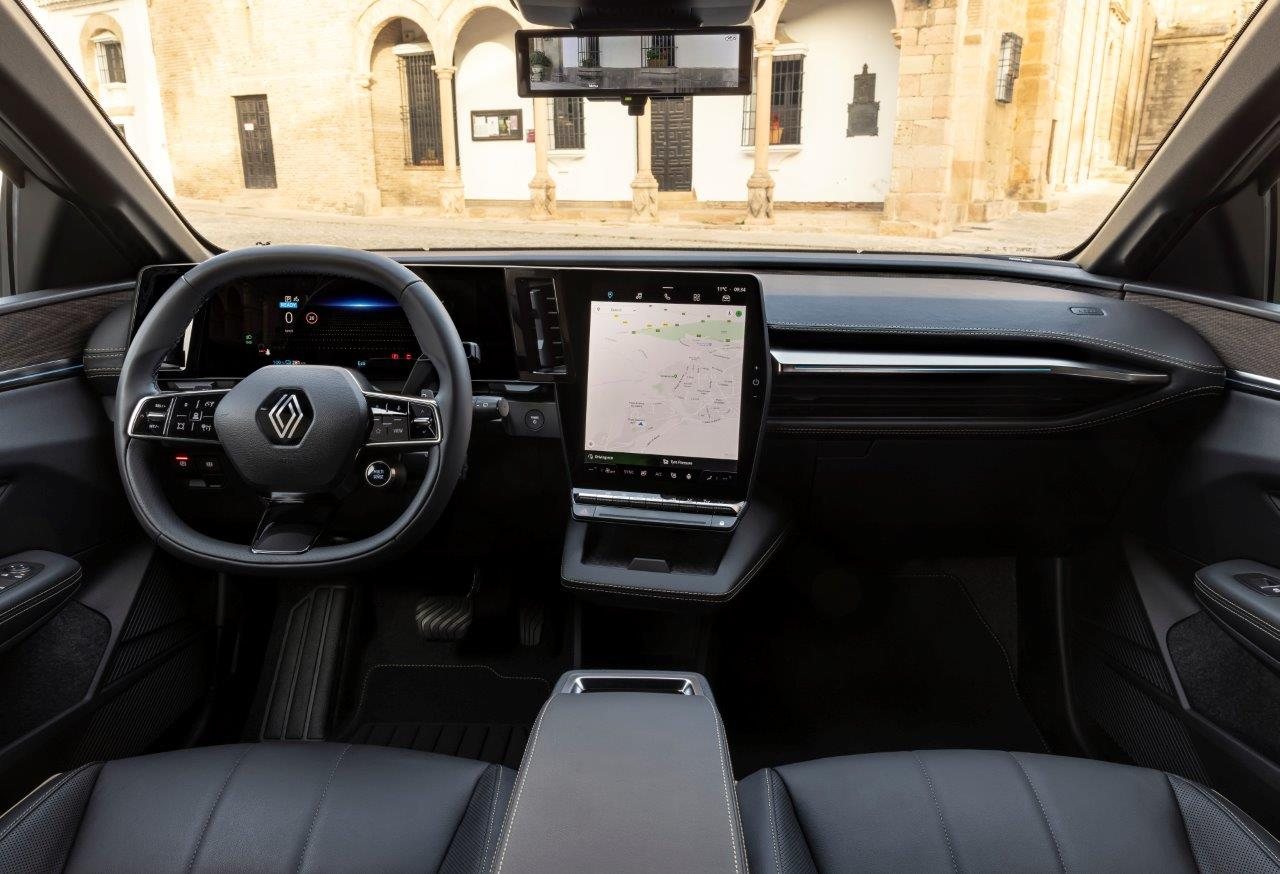
The interior of the Megane E-Tech Electric is clean and pleasant.
The tram-specific flatbed allows you to have a shorter front end, which benefits cabin space, which is much more generous than that offered by the Zoe, but somewhat smaller than that offered by the VW ID. 3, which is 6.2 cm longer and 8.6 cm longer in the wheelbase. The seats are pleasing to the eye and to the touch, favoring comfort. Only visibility to the rear is objectionable, due to the very compact rear part, which gives rise to a very small rear window, which Renault has overcome by offering an interior mirror which, in some versions, is a screen where the image captured by the rear camera is projected.
The infotainment system is good and works well., being better than Zoe’s and even ID. 3, with shortcut keys for easy operation, using Google’s Android base, which also provides Google Assist voice recognition and Google Maps navigation system, among other arguments. They exist three levers next to the steering wheel, to control the transmission, wipers, and radio, which might seem like overkill, but we quickly got used to it. behind is the trunk with 389 liters, a value that is 51 liters higher than the Zoe suitcase and the DNI. 3 in 4 litres. Straight lines make storage easy.
131 and 218 hp engines. 40 and 60 kWh batteries
Although the CMF-EV platform of the Renault-Nissan-Mitsubishi Alliance can mount front and rear motors, as in the Nissan Ariya, Renault chose to install a single engine, and in the front, in these first versions of the Megane E-Tech Electric. Customers can choose the less powerful version, with 90 kW (approximately 131 hp), or the 160 kW version (approximately 218 hp). The latter is limited to a top speed of 160 km/h, but is capable of reaching 100 km/h in 7.4 secondscompared to 150 km/h and 10.5 seconds of the less powerful version.
To power the electric motor, the customer can choose the smallest battery (40 kWh capacity), which can only be associated with the 131 hp motor, the alternative being the 60 kWh accumulator, which can power the 131 hp motors or 218 hp, which Renault rounds up to call them commercially “130 and 220”. The larger battery requires only a slight weight increase of 104 kg.with the 40 kWh announcing 299 kg and the 60 kWh reaching 394 kg.
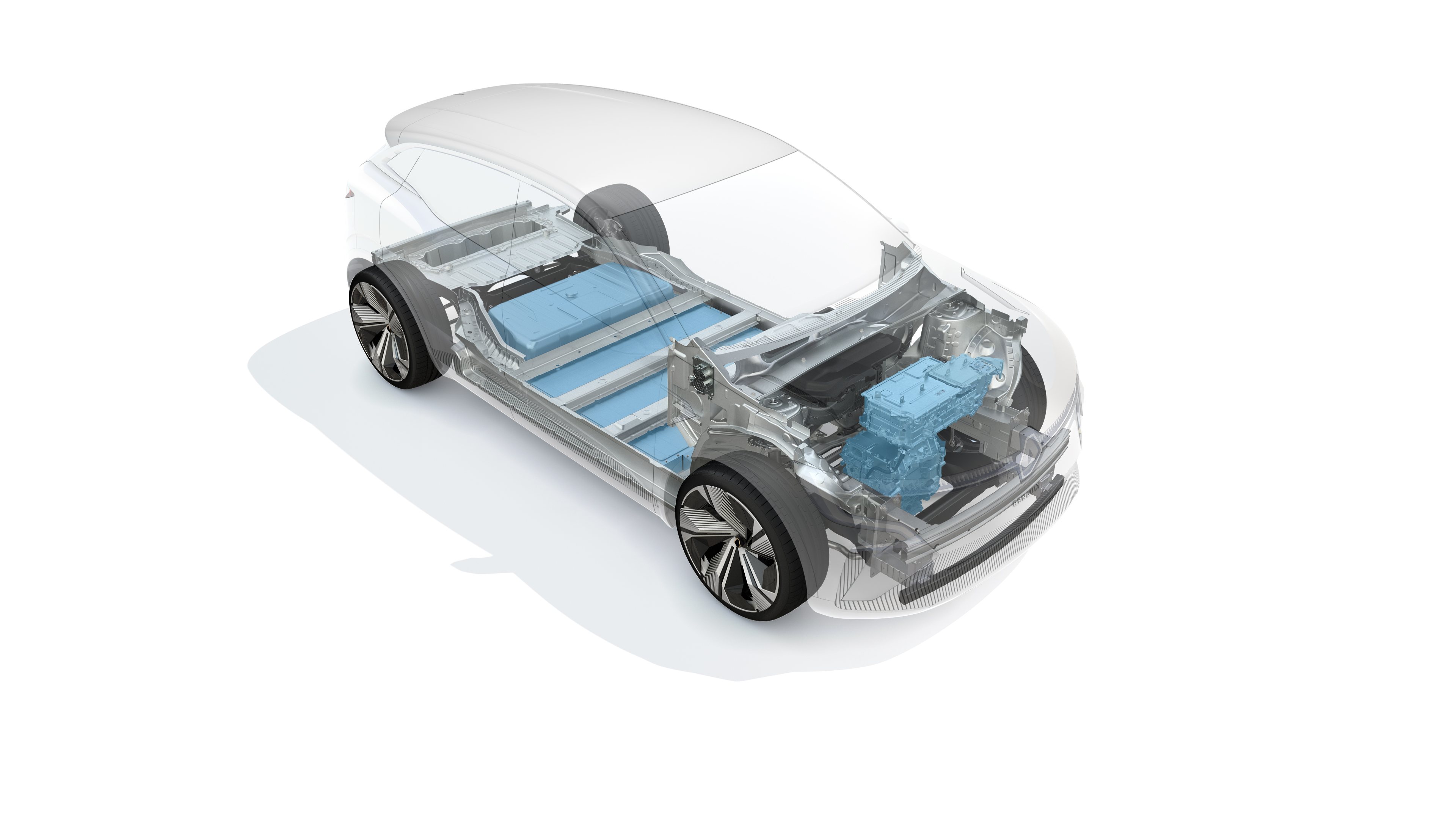
The new battery-powered Megane E-Tech is the first Renault designed on a specific platform for electric vehicles. Here you can see in detail the CMF-EV of the Alliance
It is with the larger battery and the less powerful motor that Megane E-Tech Electric claims greater autonomy, precisely 470 km between recharges, a value that drops to 450 km with the most powerful engine. The 40 kWh battery provides the ability to travel 300 km between charges, always using the WLTP method.
How you behave?
In our driving experience, We liked the behavior of the new electric Mégane.. The chassis is rigid, as is traditional in battery-powered models, with independent front and rear suspension (McPherson and multi-link) doing their job well. Not being sporty, Megane favors comfort, but copes well with a livelier rhythm.
We played around a bit with the different driving modes, leaving out Perso, in which each driver chooses the setting they like best, opting for ECO, before jumping to Comfort and finally Sport. Throttle response improves, as does the power provided by the engine, which increases at the same rate as consumption increases.
We drive two different units of the Megane E-Tech Electric, always with 218 hp and a 60 kWh battery, but in the Techno versions, the intermediate one, and the Iconic, the most sophisticated and expensive. And the differences were evident, but only in terms of materials, finishes and equipment offered as standard.
How much do you spend and how much does it cost?
Part of our experience at the controls of the new electric Renault took place on a very rough road, which did not favor low consumption. still so, we covered 86 km at 100 km/h with an average consumption of 16.3 kWh/100 km, which we consider a good value given the conditions. Later we will determine the consumption in the city and at 120 km/h, ideally in flatter areas. The fact that it only weighs 1,711 kg in homologation conditions (in the most powerful version and with a 60 kWh battery), due to a tare weight of 1,624 kg, helps explain these values.
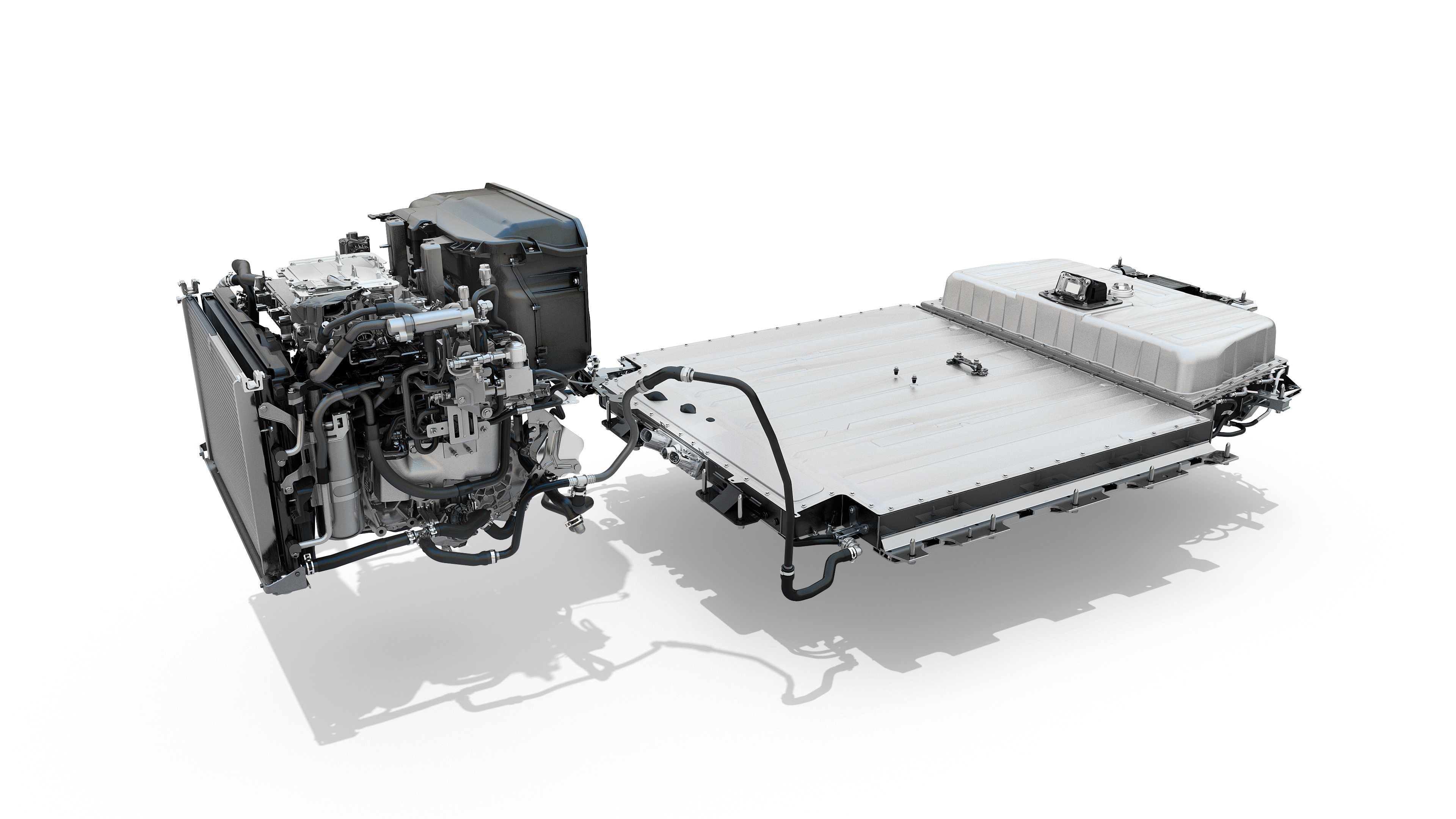
In front is the motor, the inverter and all the power management systems, for the battery built with LG cells, potentially the NCM 811, which will be under the platform.
The Megane E-Tech Electric has been homologated in WLTP with a consumption of 16.1 kWh/100 km (with 60 kWh and 218 CV), a value that drops to 15.5 kWh/100 km (60 kWh and 131 CV), for the versions with the 40 kWh battery and the 90 kW motor, they announce 15.8 kWh/100 km. Battery charging speed varies by versionsranging between 7 kW and 22 kW in AC (alternating current), for in DC (direct current) it can handle 85 kW or 130 kW.
The Megane E-Tech is offered with three trim levels, with Equilibre being the most accessible, proposed by €35,850 (with 40 kWg battery and 131 hp motor). The intermediate version, the Techno, with a 60 kWh and 218 CV battery, amounts to €43,850, for the Iconic (60 kWh and 218 CV) demanding €46,850. These are values that will not facilitate Zoe’s commercial future., which sells the Equilibre version (with 40 kWh and 110 hp) for €33,550, that is, just two thousand euros less than a substantially more modern, larger and more sophisticated vehicle. The most powerful version of the Zoe is the Evolution (50 kWh and 135 hp), on sale for €36,950.
Source: Observadora
